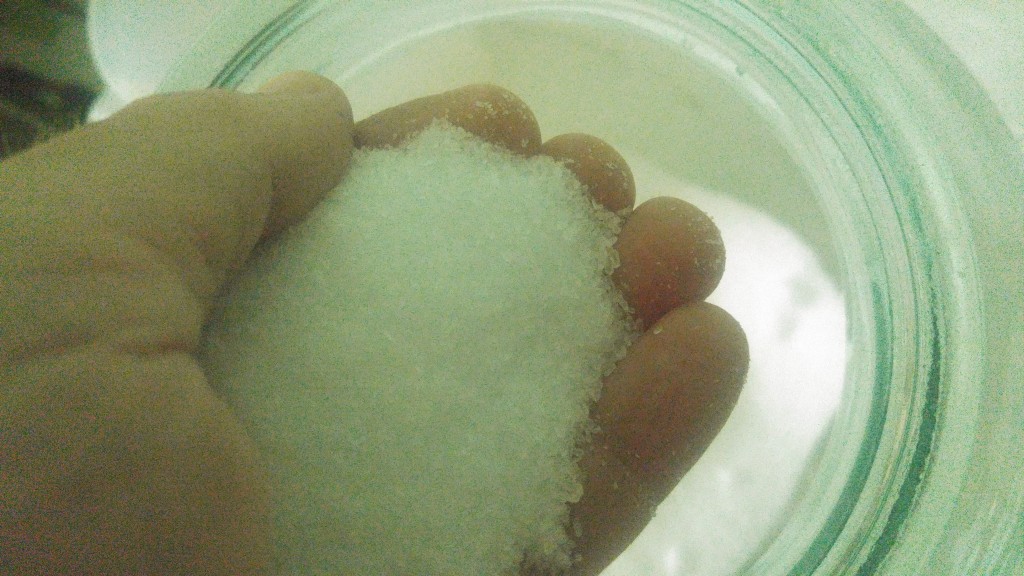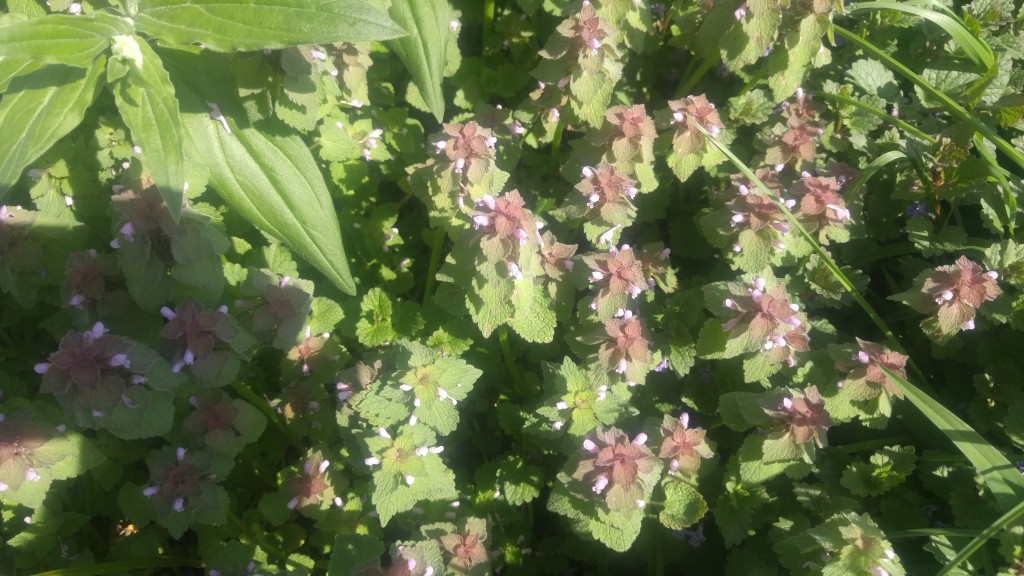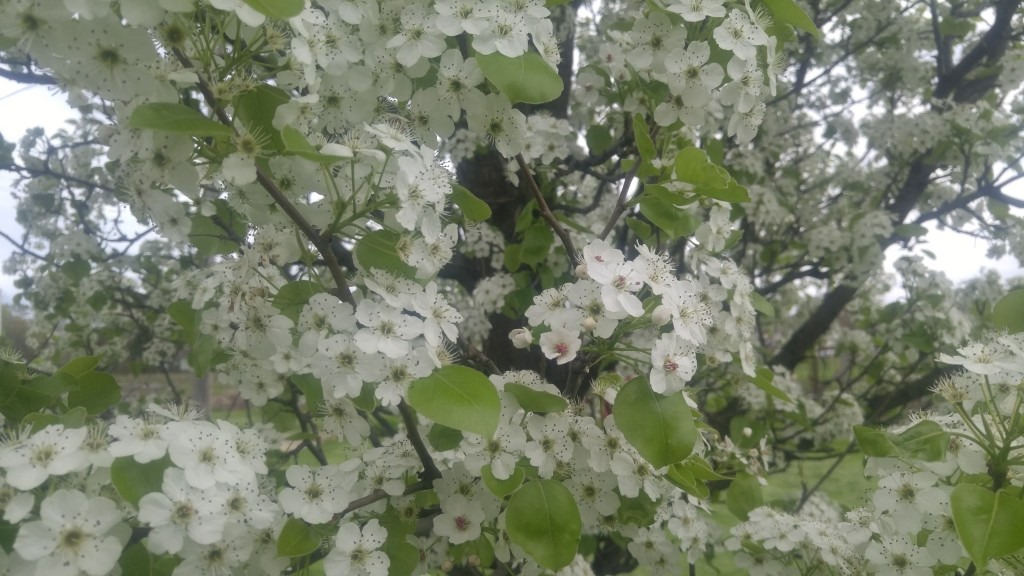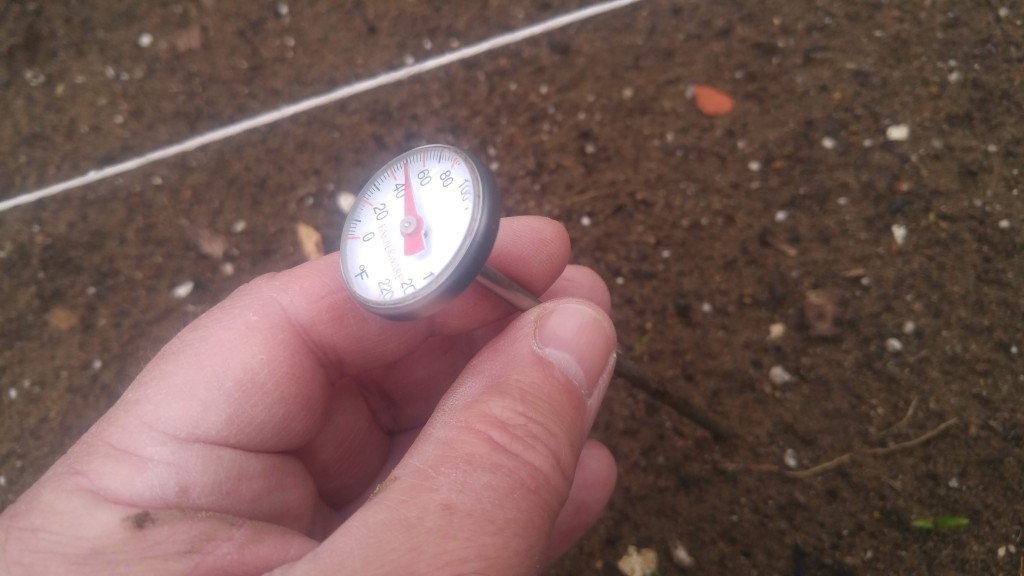In order to grow and flourish all plants, including roses, require basically the same nutrients. One is carbon which is supplied to the plant by carbon dioxide in the air. Another, even though we may not think of it as a nutrient, is water.
In the soil, there are three primary nutrients that plants use in large quantities: nitrogen (N), phosphorus (P) and potassium (K). Together the primary nutrients are known as NPK. Good garden soil usually contains much of the required NPK . But sometimes soil is low in one or more of the primary nutrients so we supplement it with either organic or conventional fertilizers.
Secondary nutrients are need but in far less concentrations. They include calcium, magnesium and sulfur.
A long time ago rose growers noticed, even though roses were growing in very fertile soil, sometimes their blossoms still weren’t as nice as roses in other gardens. After much trial and error they found by adding Epsom salts, roses blooms would be noticeably improved. The missing ingredient was magnesium supplied by magnesium sulfate, more commonly known as Epsom salts.
There are other sources of magnesium but some of them like dolomitic limestone can raise the soil pH. That would cause problems if your soil pH was already on the high side.
Add Epsom salts at the beginning of the growing season. For each mature rose bush apply a half cup of Epsom salts to the soil around the bush. You can do this either in dry form and water it in or dissolve it in water and apply as a solution. Do this every year to replace any magnesium used by the plant or leached out of the soil.
Bob



